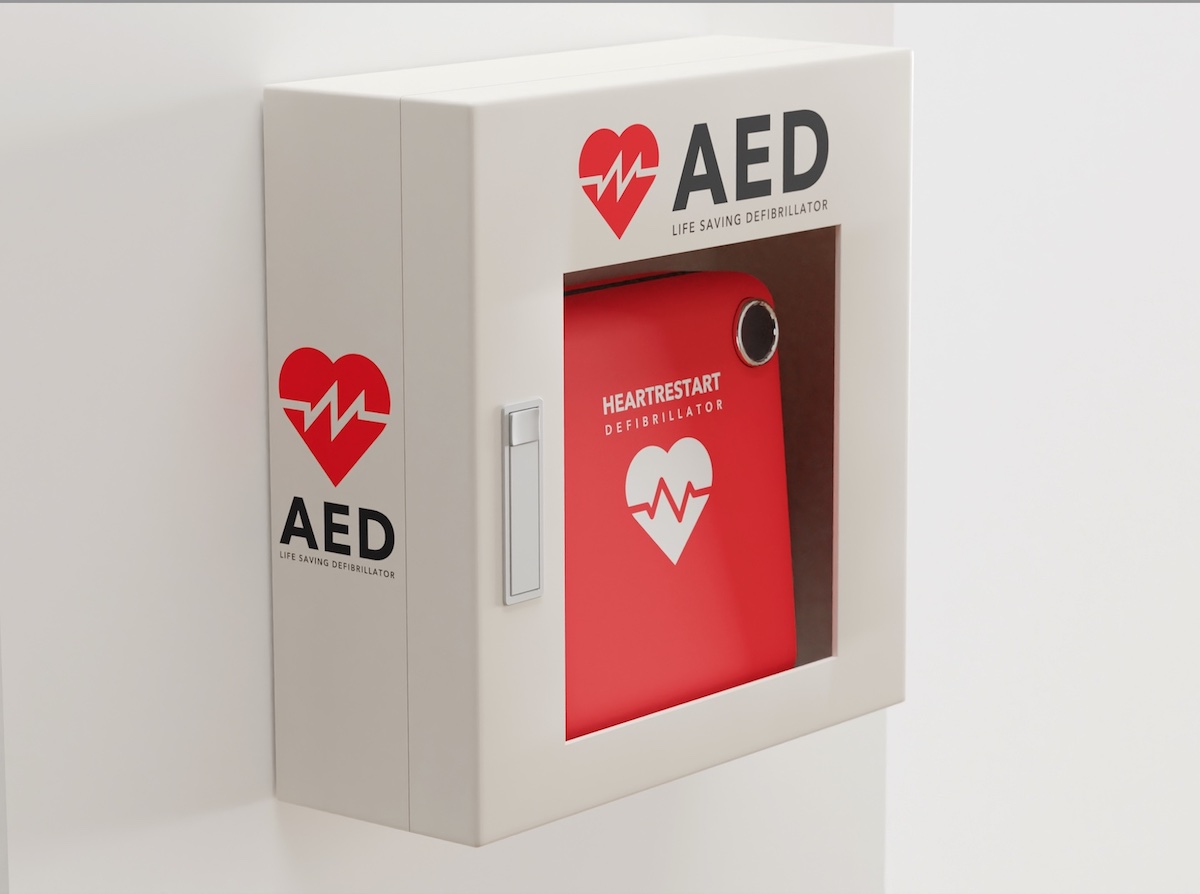
Organs inside your body sense different types of force, similar to the ways that skin senses touch. Some examples include:
• The gut: senses when the stomach is full and sends signals to the brain to stop eating.
• The lungs: signal when it’s time to stop inhaling and start exhaling, and vice versa.
• The bladder: senses when it’s full and sends the urge to urinate to the brain.
• Blood cells: know when to change shape to pass through small blood vessels.
• Blood vessels: help regulate blood pressure.
• The bones: trigger bone formation and maintenance in response to activity.
• The joints: make sure tendons stretch, but not too much.
Your senses let you experience the world. Sight, hearing, taste, or even smell may be the first sense to spring to mind*. But don’t forget touch. Your sense of touch helps keep you safe from physical threats and can strengthen social bonds. It can also be altered by many health conditions.
Feeling too little or too much sensation from touch can affect your quality of life.
Nerve cells in your skin are the first to sense when you touch something. They send electrical impulses to your spinal cord, which then passes the signal on to your brain. Each nerve cell can respond with a different level of sensitivity to different types of sensations. Some nerve cells in the skin sense things that hurt, like a pinch or a sharp object. Others pick up sensations like hot, cold, or the burning feel of spicy foods, like a chili pepper. Your skin is also coated in nerve endings that sense different types of force, like pressure or being stretched.
Touch is really about the skin. But if you look underneath the skin, there’s a range of mechanical forces that you feel in every single tissue of your body.
In a condition called tactile allodynia, the sensation of gentle touch turns painful. One example is when your skin gets damaged, like with a sunburn. The pain usually goes away after the skin heals. But for some people it doesn’t, and they experience chronic pain.
From Skin to the Brain: Touch messages are processed and move through the body and up to the brain. Researchers also discovered a type of brain cell that appears to play an important role in our memories of touch. For example, there are physical aspects of the world that never change, like the fact that glass is smooth or that sandpaper is rough.
These types of memories help us process other aspects of our environment more quicky. They let our brain focus on the unexpected, like the feel of something sharp on what should be a smooth surface. This, in turn, helps keep us safe.
Solving Touch Problems. Certain physical and mental health conditions can affect a person’s sense of touch. Neurologic disorders, like stroke or autism, can affect the way we process sensory information.
After a stroke, some people may become less able to process touch. A person with autism, on the other hand, may feel overwhelmed by touch.
Researchers also are exploring how our emotions affect our sense of touch. “The context in which touch happens is really important. Having a friend rub your shoulders feels great. But what if it’s a stranger on the subway? That’s not so great.
Understanding how touch and emotion work together may lead to a better understanding of conditions like chronic pain.
If you’re having pain or other trouble with touch, talk with your health care provider. They can help you find ways to make feeling your world more comfortable.












